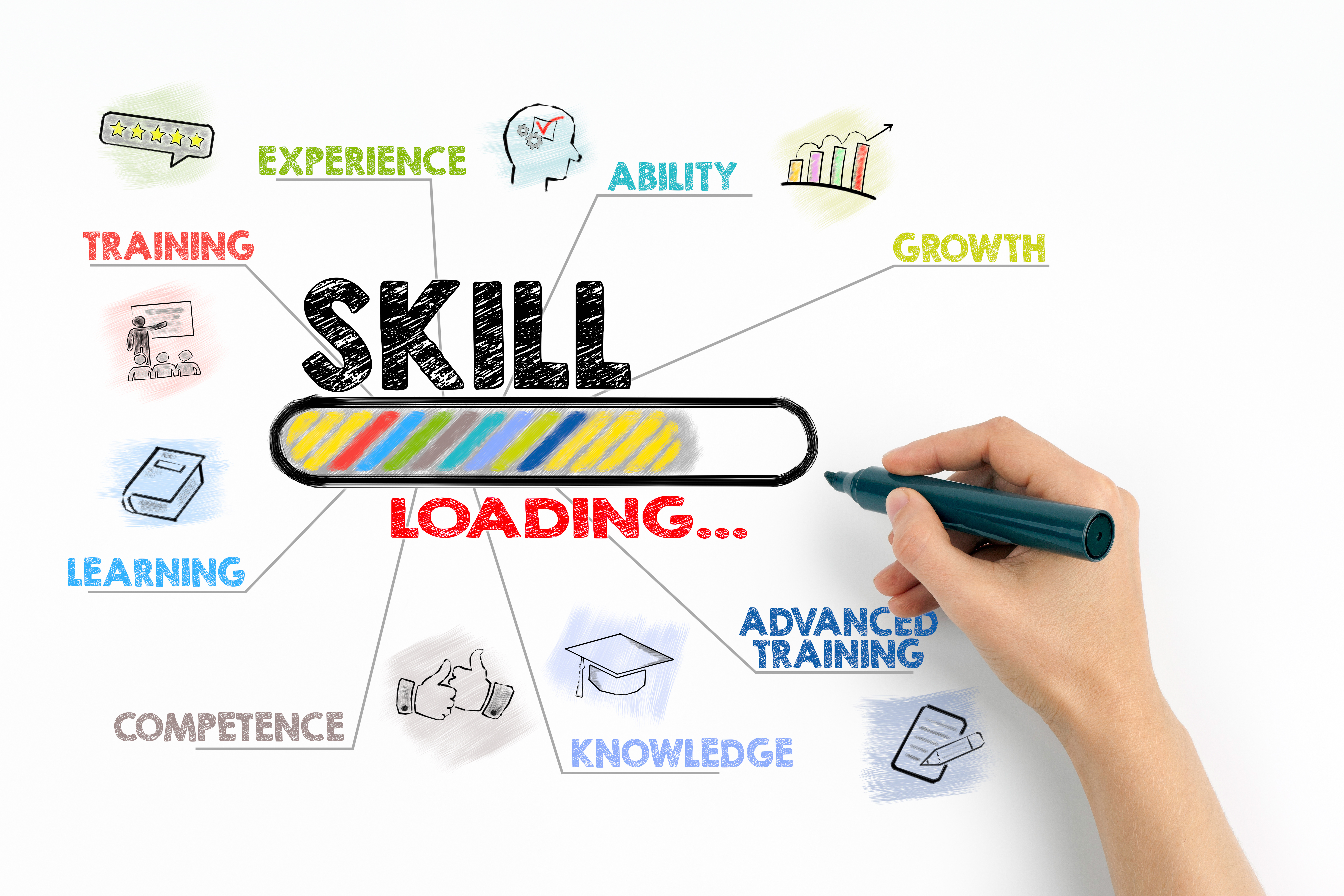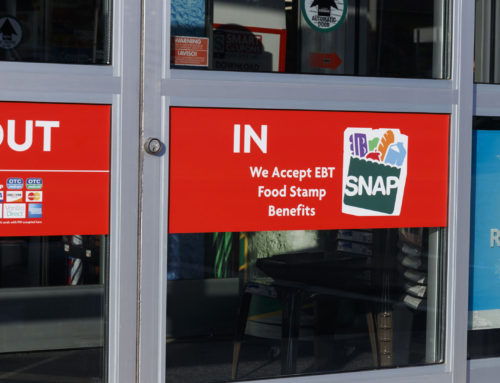In today’s age of crisis and uncertainty, layoffs feel all-too-commonplace. When people are laid off from the jobs they’re accustomed to due to nation-wide or global challenges like COVID-19, it can be difficult to simply find another comparable job.
For some workers, especially those who are farther along in their careers, refreshing and expanding their skill sets can be the secret to landing the next high-quality job.
This may feel like a daunting task, especially if you’re comfortable with the skill set you’ve developed over the years. However, discomfort is part of growth. Remember that you’re not alone in this crisis. Many others find themselves in need of job skill development in order to find gainful employment in this post-COVID-19 world.
While a lot of modern professions require college degrees, many of the jobs currently available do not. In fact, there are many unfilled positions that do not even require high school diplomas. And while this would appear to make these job openings ideal for those who may not have completed their formal educations, there are still many prerequisite skills needed in order for a job candidate to be considered.
For instance, quite a few of these open positions call for specialized skills that require specific training, like the ability to operate an 18-wheeler truck. Though, not all of these open positions come with such extensive requirements.
Without this specialized training, many unemployed individuals can’t join the workforce. This means that there is a large pool of untapped talent that is being neglected simply because of a lack of specialized training.
Unlike a traditional college education, which requires many years and a lot of money, specific vocational skills training is readily available and more affordable, offering a shorter-term solution to those looking for opportunities to enter these fields. The challenge is connecting this untapped talent pool with the training needed to secure an open position.
So, how can we bridge the skills gap and bring skills training to those who are most in need of jobs?
According to a paper published in McKinsey & Company entitled, Closing the Skills Gap: Creating Workforce-Development Programs That Work for Everyone, one of the most effective ways of closing the gap is to encourage and support “comprehensive, demand-driven training methods.”
In other words, job training needs to be practical. Rather than focusing on a generalized set of skills, McKinsey & Company found that the best training programs involve nonprofit organizations working with employers to train on specific, desired skill sets needed to fill the jobs that are currently available.
Another fantastic resource for laid-off workers is the Employment & Training Administration which serves under the U.S. Department of Labor. The Employment & Training Administration offers instructions on how to file for unemployment, connect with training resources, and access grants designed to help you learn more skills.
Also available on the Employment & Training Administration site is a link to “My Skills My Future,” a resource that helps you identify the skills you’ve developed over the years and better understand how those skills can be translated and expanded on so that they are applicable to new career opportunities.







Leave A Comment